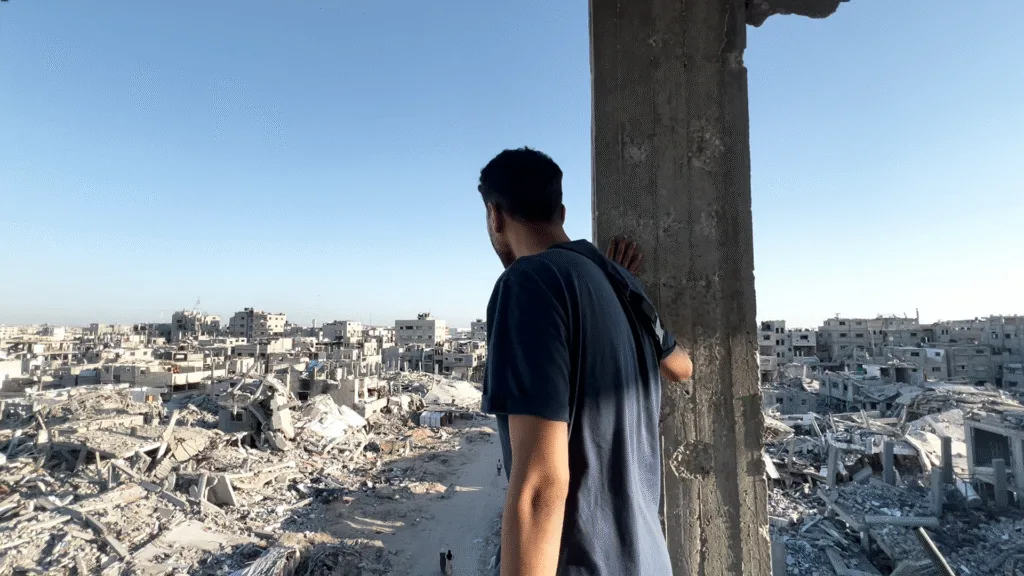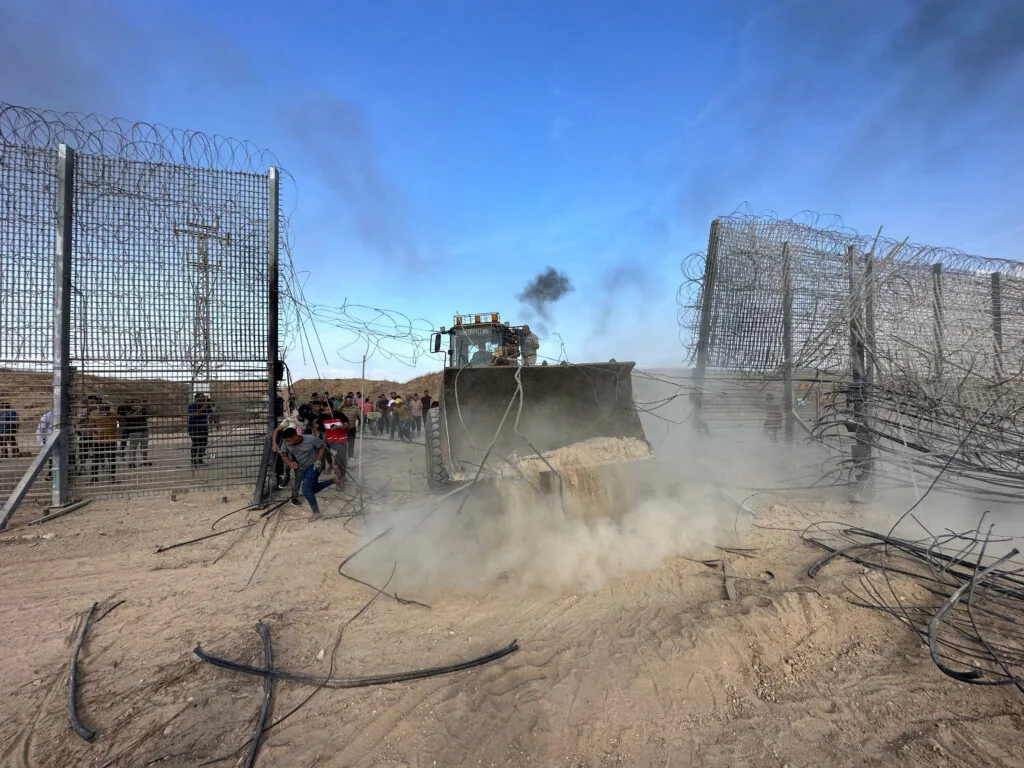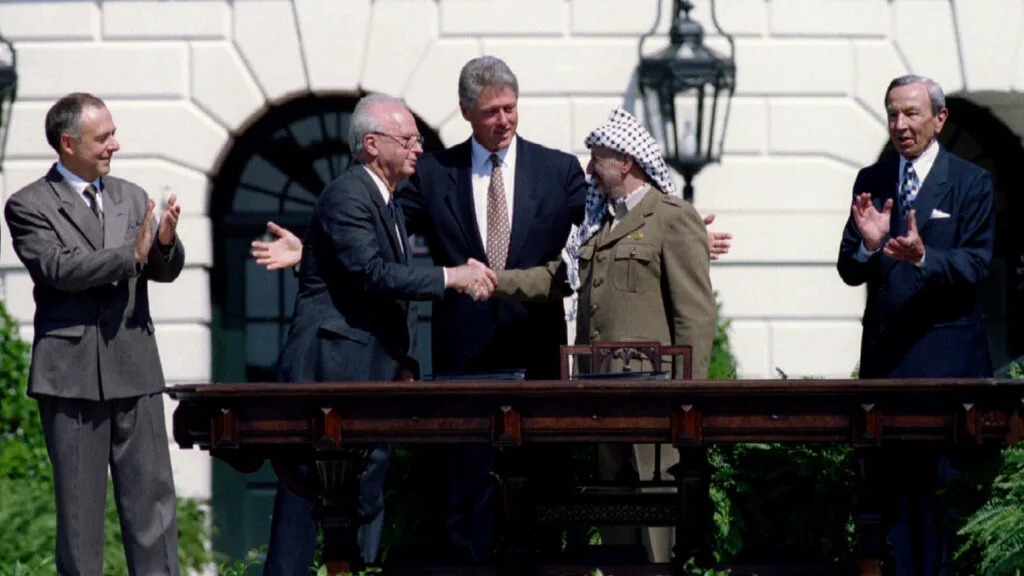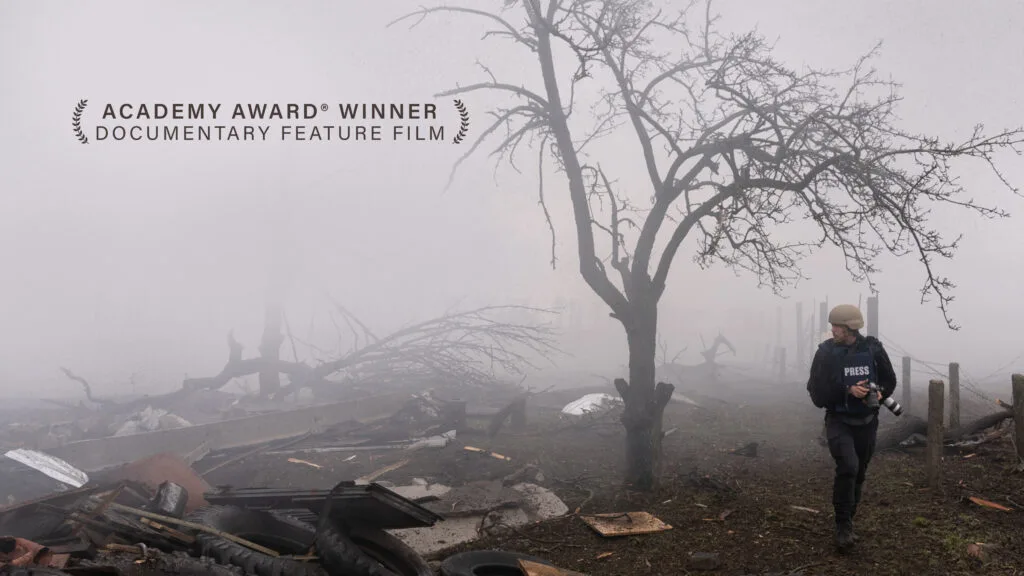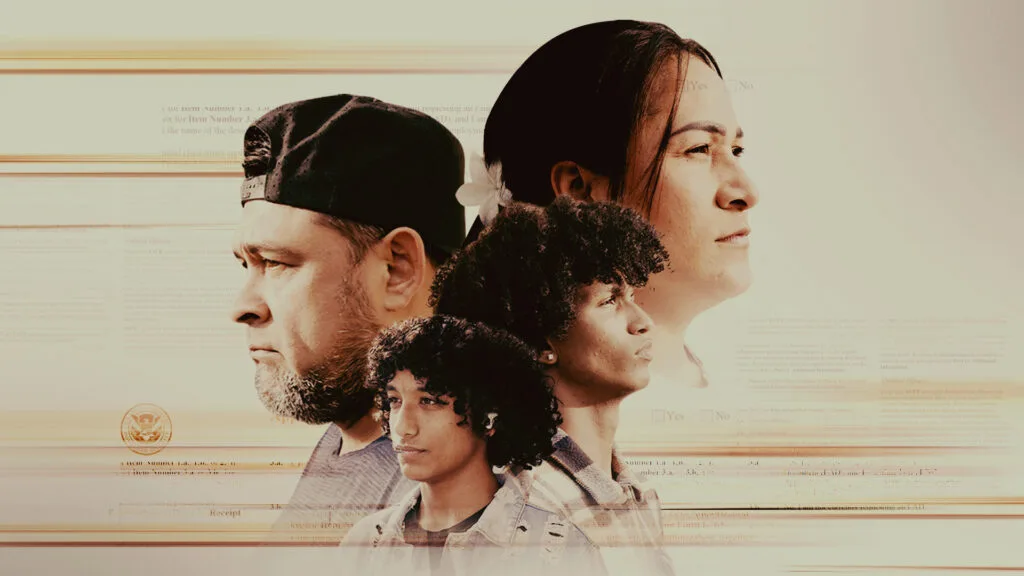How Many People Are Dying in Syria?
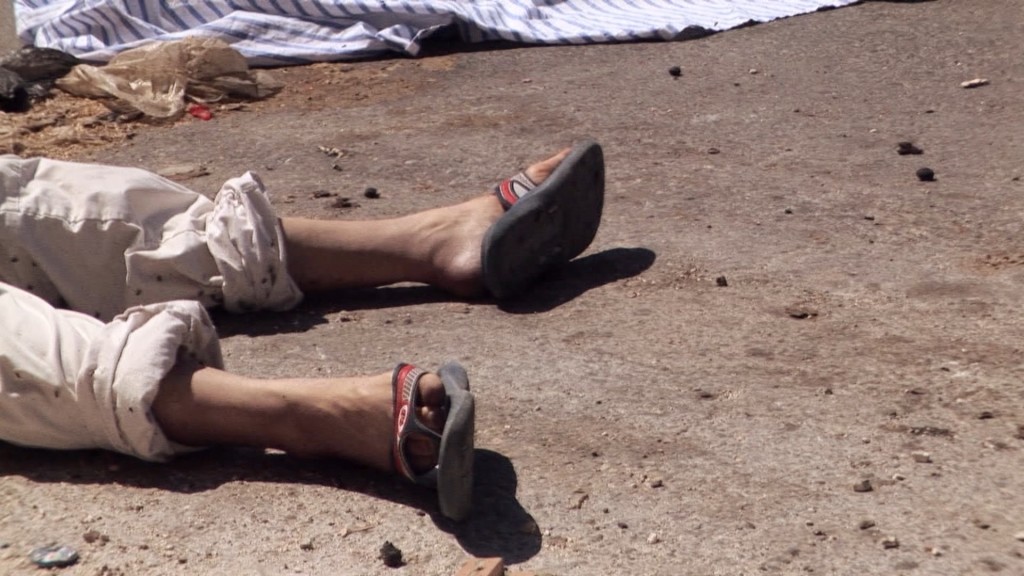
February 15, 2013
Share
Syria’s rising death toll is approaching a staggering 70,000 people killed since the rebellion broke out almost two years ago, according to the United Nations’ human rights chief Navi Pillay, who announced the new figures earlier this week.
Just six weeks ago, she had put the toll at 60,000, which would indicate that almost 10,000 people have been killed since the start of the year alone. (The UN bases its estimates by mining seven separate data sets from opposition groups and the Syrian government, and weeding out duplicates.)
Other estimates are even higher. Yesterday, newly minted U.S. Secretary of State John Kerry said the toll may be as high as 90,000, citing figures from his Saudi counterpart Prince Saud al-Faisal.
Determining an accurate death count amidst a conflict is fraught with challenges. Critics question the reliability of the UN’s calculations, and what they can really tell us about the conflict playing out on the ground.
Writing in The Guardian today, Middle East analyst Sharmine Narwani warns the numbers could be inflated, citing concerns from rights organizations about whether the UN’s casualty estimates can be verified, and whether they provide an accurate picture of the parity in violence between the regime and the opposition.
The danger, she warns is that “death tolls are used as political tools to scene-set for western-backed ‘humanitarian interventions’ in the Middle East and North Africa and, more broadly, against the kinds of negotiated political settlements that could actually reduce or stop the killing.”
But Middle East scholar Randa Slim argues that while the numbers may be inaccurate, it is because they are even higher than what’s being reported.
“They’re not taking into account prisoners and detainees, men who are assumed to be in jail and alive, but are likely dead,” she told FRONTLINE, citing the almost 100 bodies discovered in an Aleppo river last month as one example. “All of them were prisoners, so God knows how many others like them have been killed.”
She also points out that past death toll estimates for particular periods later turned out to be higher than when the numbers were first released, and that estimates for the numbers of regime supporters killed, some of them for sectarian reasons in rebel “liberated areas,” are missing from the counts. “Our means for tracking and documenting deaths are not catching up with the real death toll.”
Whether or not Syria’s death toll estimates are higher or lower than what’s being reported, there’s little disagreement today that the conflict has enveloped the country in a civil war that, for now, appears to have no end in sight.
Related Documentaries
Latest Documentaries
Related Stories
Related Stories
Policies
Teacher Center
Funding for FRONTLINE is provided through the support of PBS viewers and by the Corporation for Public Broadcasting. Additional funding is provided by the Abrams Foundation; Park Foundation; the John D. and Catherine T. MacArthur Foundation; and the FRONTLINE Journalism Fund with major support from Jon and Jo Ann Hagler on behalf of the Jon L. Hagler Foundation, and additional support from Koo and Patricia Yuen. FRONTLINE is a registered trademark of WGBH Educational Foundation. Web Site Copyright ©1995-2025 WGBH Educational Foundation. PBS is a 501(c)(3) not-for-profit organization.



